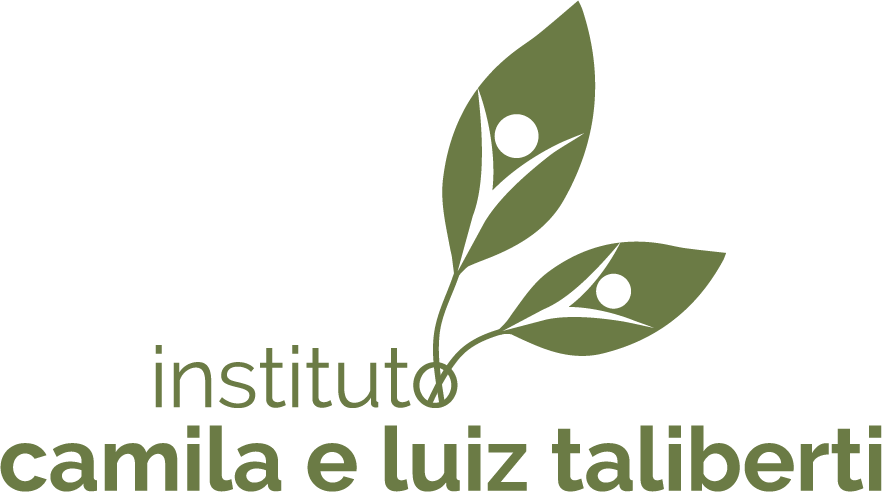Sacrifice Zones: from Gold to Dust
About the Exhibition
The exhibition “Sacrifice Zones: From Gold to Dust” is born of unease and indignation—from the living memory of a country historically plundered, contaminated, and violated by mining. It is a visual journey through three open wounds: Mariana, Brumadinho, and the Jequitinhonha Valley. It portrays the consequences of a system that insists on killing the land to sustain the illusion of progress.
Read More
November 5th marks the 10th anniversary of the largest socio-environmental crime in Brazilian history—and the second largest in the world, behind only Chernobyl. The BHP/Vale’s Fundão dam collapse in Mariana (2015) released more than 40 million cubic meters of toxic sludge, killed 20 people, and buried the Doce River, one of the country’s most important river basins. Three years later, in Brumadinho, more than 272 people lost their lives, swept away by 12 million cubic meters of tailings following the Vale’s dam collapse. The most significant environmental tragedy in terms of the number of labour victims still awaits justice.
What seemed like an exception has become the rule: in 2025, 43 dams are on alert in Minas Gerais, 15 of which are at critical risk, directly threatening more than 95,000 people. It’s a development model that transforms trauma into a method. This institutionalised dam terrorism expels communities from their lands and condemns them to lives surrounded by fear, contamination, and abandonment.
Now, the new frontier of extractivism is moving to the Jequitinhonha Valley, one of Brazil’s regions with the lowest Human Development Index (HDI). Under the guise of “green progress,” the so-called “Lithium Valley” is advancing: a race for “white gold,” with billion-dollar investments to fuel the global demand for batteries and electric cars.
The promise of a sustainable future thus becomes yet another mineral rush—with the same methods, wounds, and injustices. This photo series arises from the urgency to affirm to the world that the so-called “clean” energy transition cannot repeat the mistakes of the past, nor deepen the ongoing cycle of injustice. They are visual documents of a struggle that belongs not only to the documentary filmmaker, but to all those who believe that building another world is urgent. The future cannot continue to be built on the rubble of the sacrifice zones of the Global South.
Let the world see. Let the world feel. Let the world hear.
The memory of mining crimes in Brazil cannot be buried.
Postponing the world’s end is remembering, resisting, and transforming.”
Isis Medeiros
About the Organiser – Camila and Luiz Taliberti Institute
The Camila and Luiz Taliberti Institute is a non-profit organization dedicated to promoting social justice, human rights, and environmental protection through cultural, educational, and mobilization initiatives. It was founded in memory of Camila and Luiz Taliberti, who were victims of the dam collapse in Brumadinho, Minas Gerais. The Institute has developed projects that integrate art, culture, memory, and social engagement, using these powerful tools to raise awareness and foster constructive dialogue, as well as to promote safer, more responsible, and sustainable practices.
Read More
With experience in organizing exhibitions, film screenings, and cultural events across the country, the Institute combines curation, production, community engagement, and communication expertise. Its initiatives address urgent issues such as the impacts of mining, the climate crisis, environmental justice, and the rights of vulnerable communities.
For the Institute, protecting life and preserving the environment are fundamental rights essential for the future of all living beings and for developing lasting and ethical business practices.
The exhibition by photojournalist Isis Medeiros at PRI in Person 2025 reaffirms the Institute’s commitment to amplifying silenced narratives, promoting the right to memory, and strengthening art as a tool for advocacy, listening, and social transformation.
Images
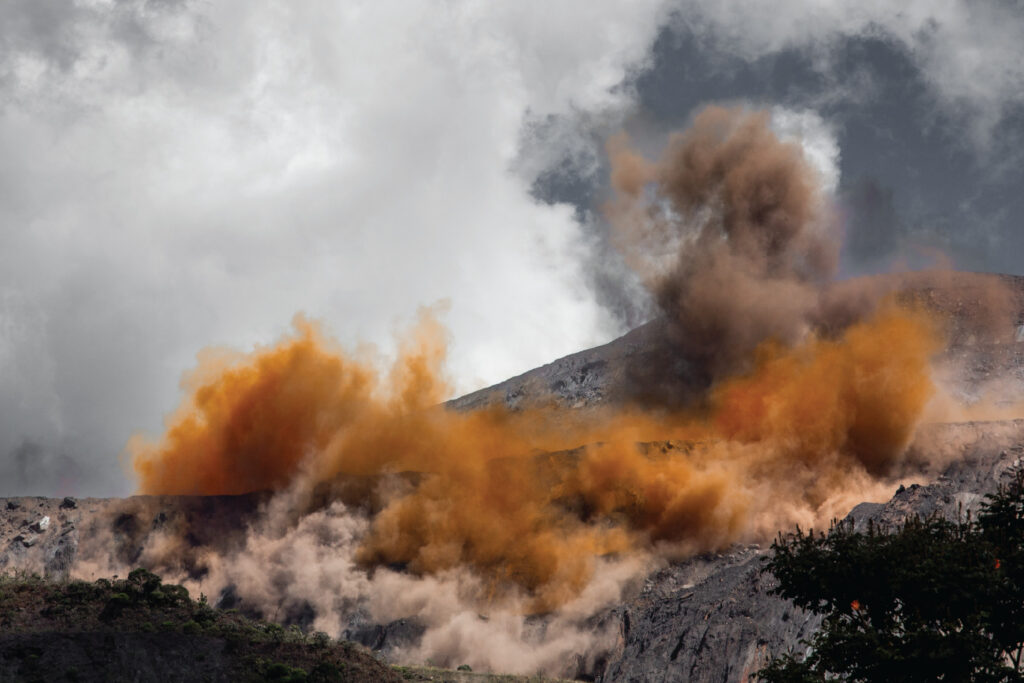
1. 2016/04/11 12:56:38, Catas Altas, Minas Gerais
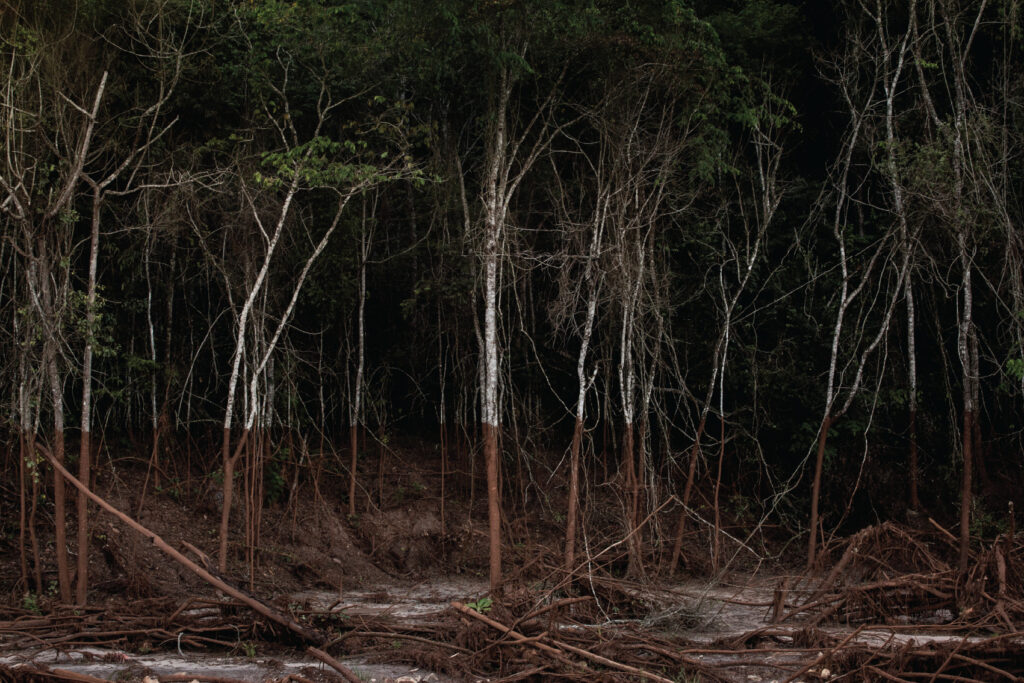
2. 2016/04/12 16:56:06, Paracatu de Baixo, Mariana, Minas Gerais
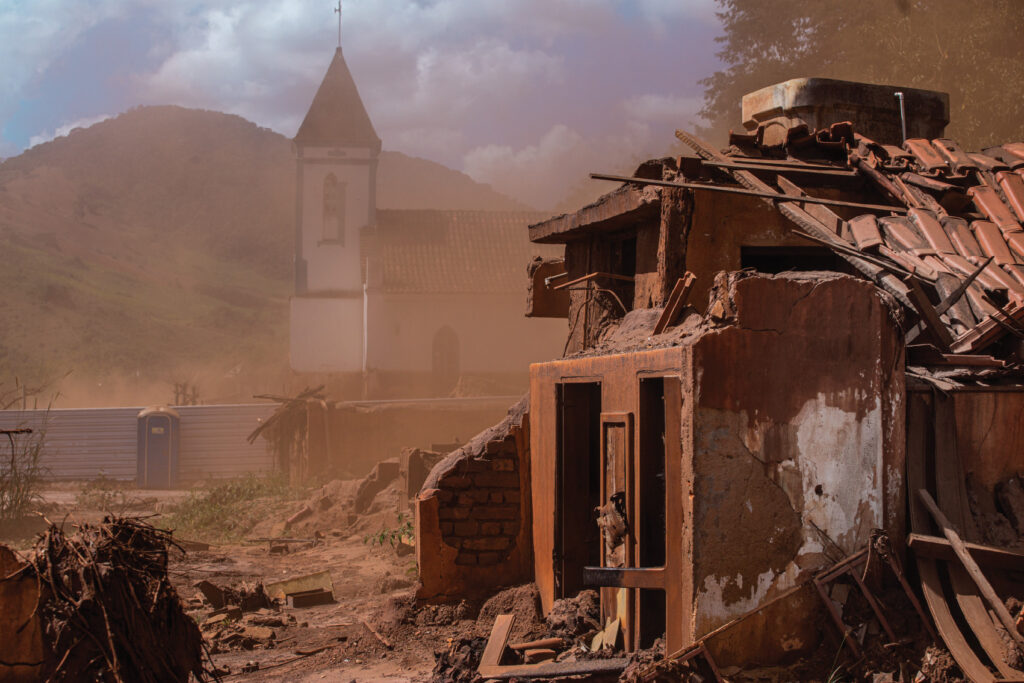
3. 2016/04/13 12:58:37, Barra Longa, Minas Gerais
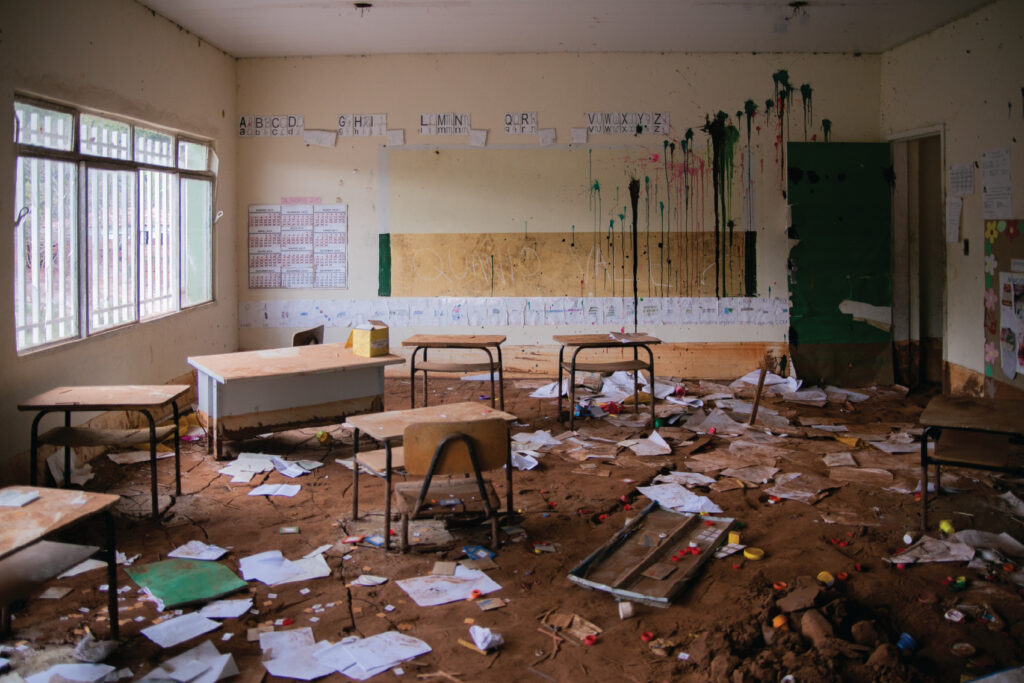
4. 2016/04/09 07:00:27, Subdistrito de Monsenhor Horta, Minas Gerais

5. 2016/11/05 12:04:02, Bento Rodrigues, Mariana, Minas Gerais
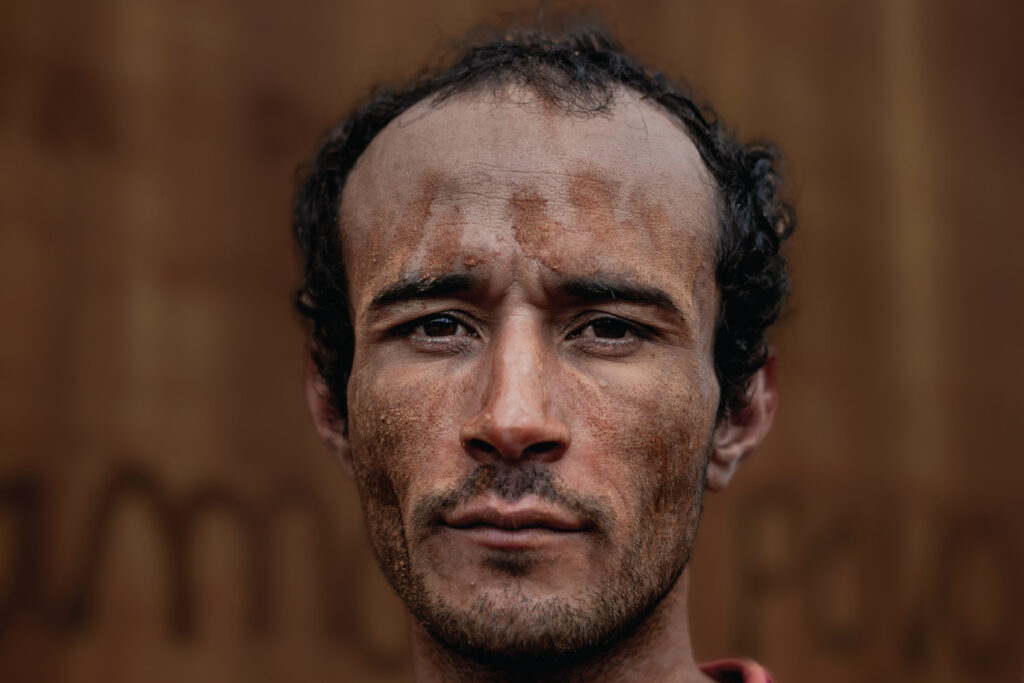
6. 2016/11/05 12:04:41, Bento Rodrigues, Mariana, Minas Gerais
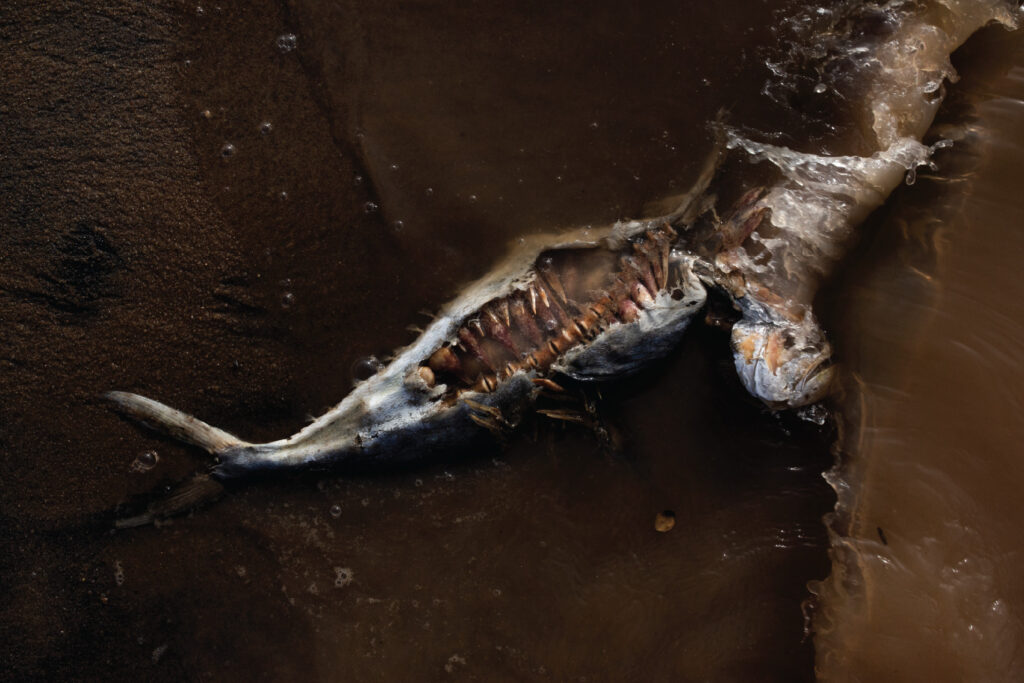
7. 2021/02/26 17:58:28, Regência, Espírito Santo

8. 2021/02/26 18:17:09, Regência, Espírito Santo
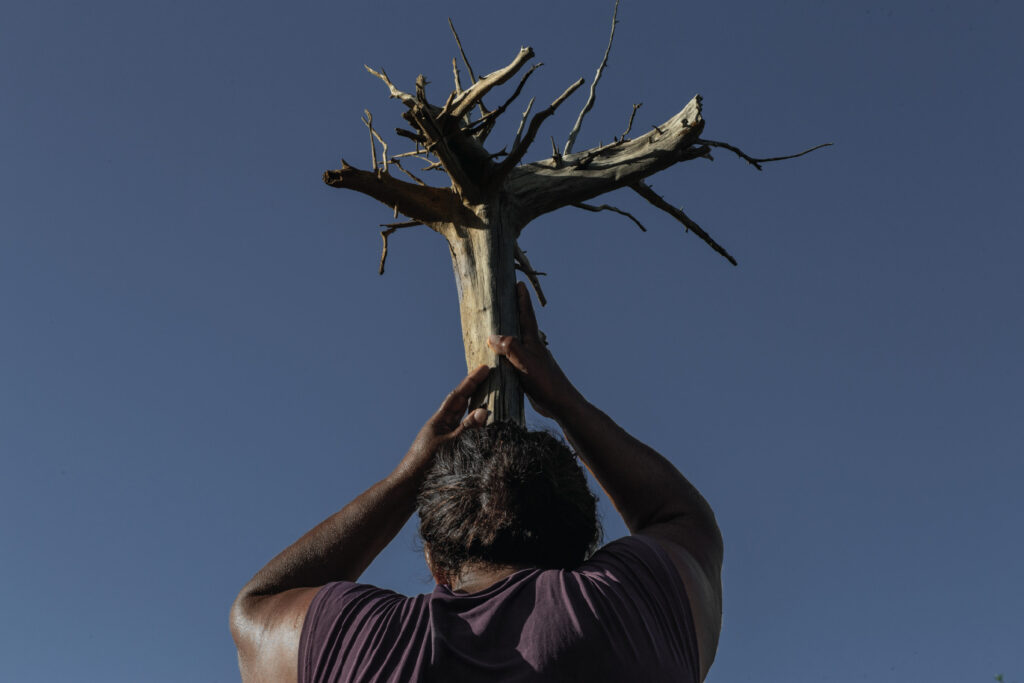
9. 2021/02/23 18:04:43 , São Mateus, Espírito Santo
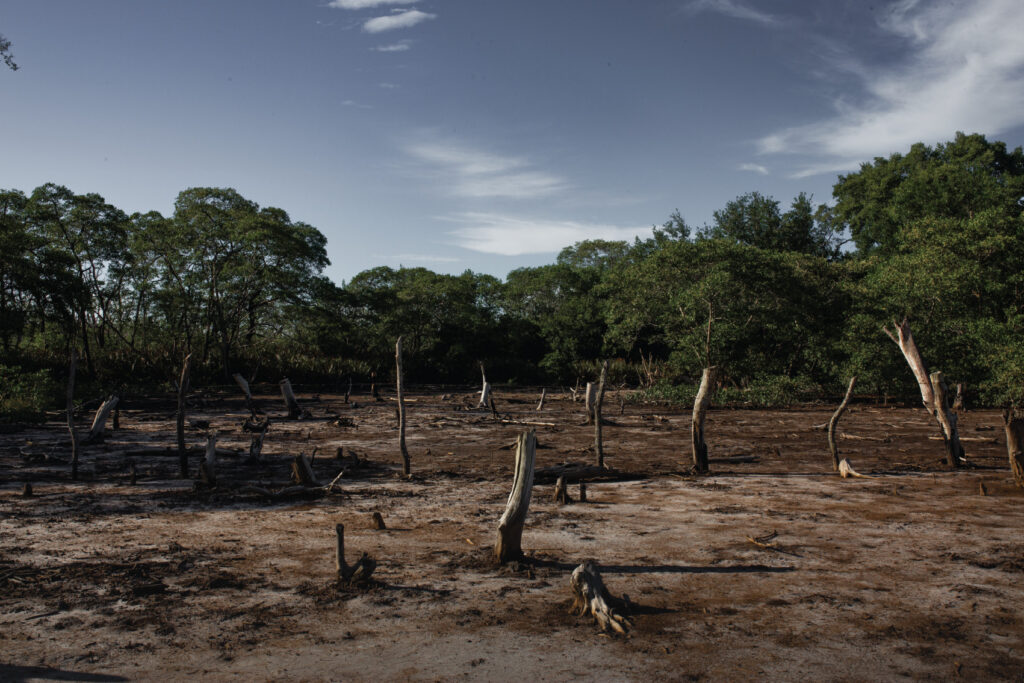
10. 2021/02/23 17:33:14, São Mateus, Espírito Santo
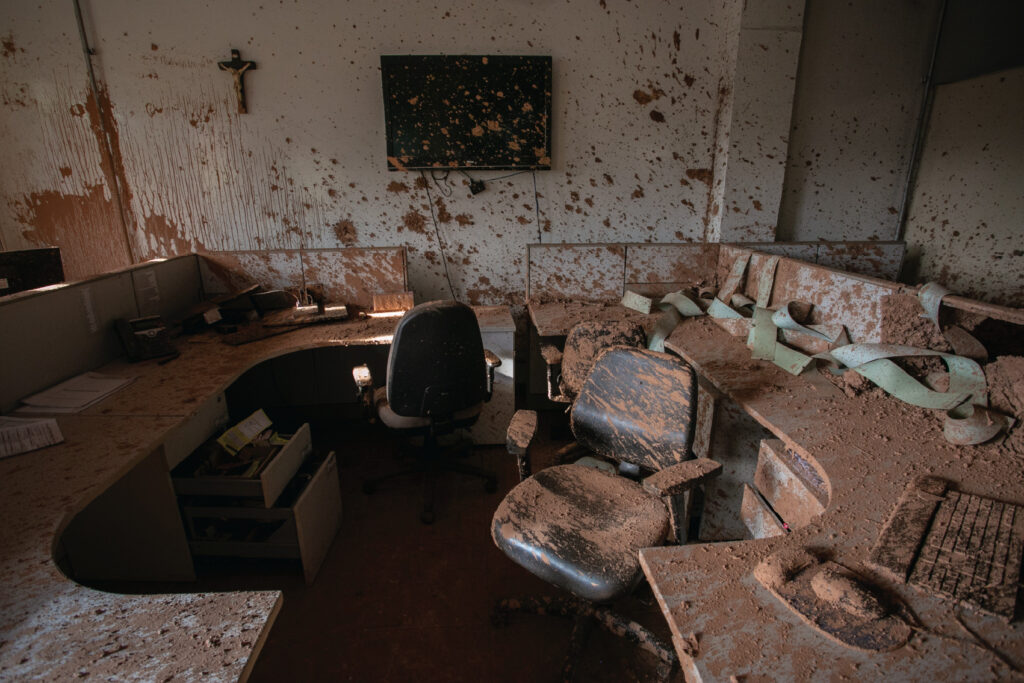
11. 2019/02/12 08:47:48, Córrego do Feijão, Brumadinho , Minas Gerais
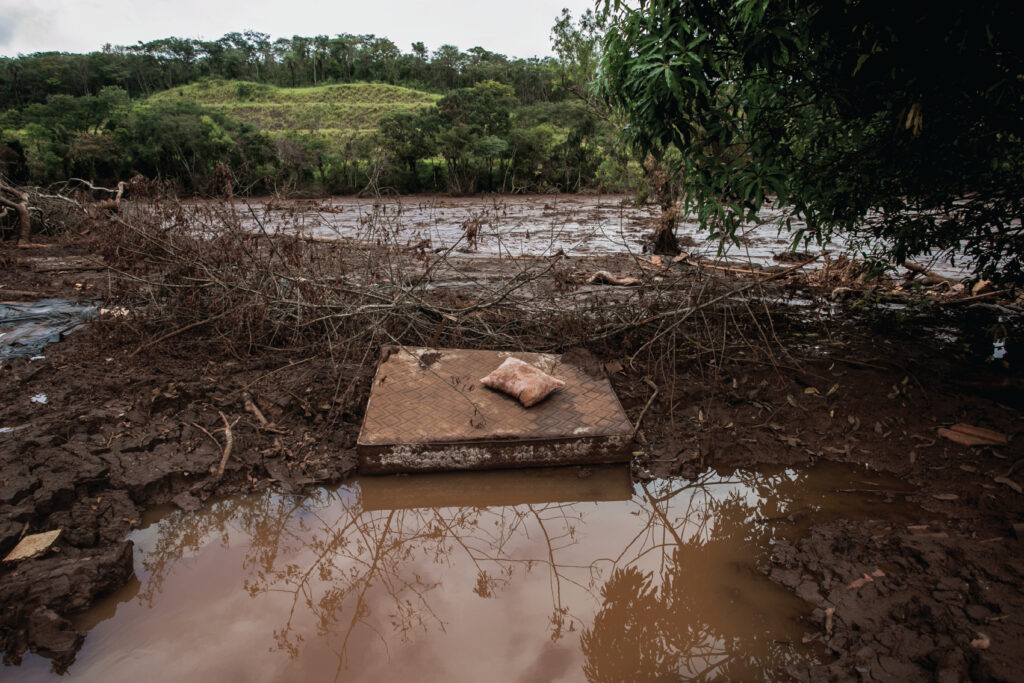
12. 2019/02/16 15:24:20, Parque da Cachoeira – Brumadinho, Minas Gerais
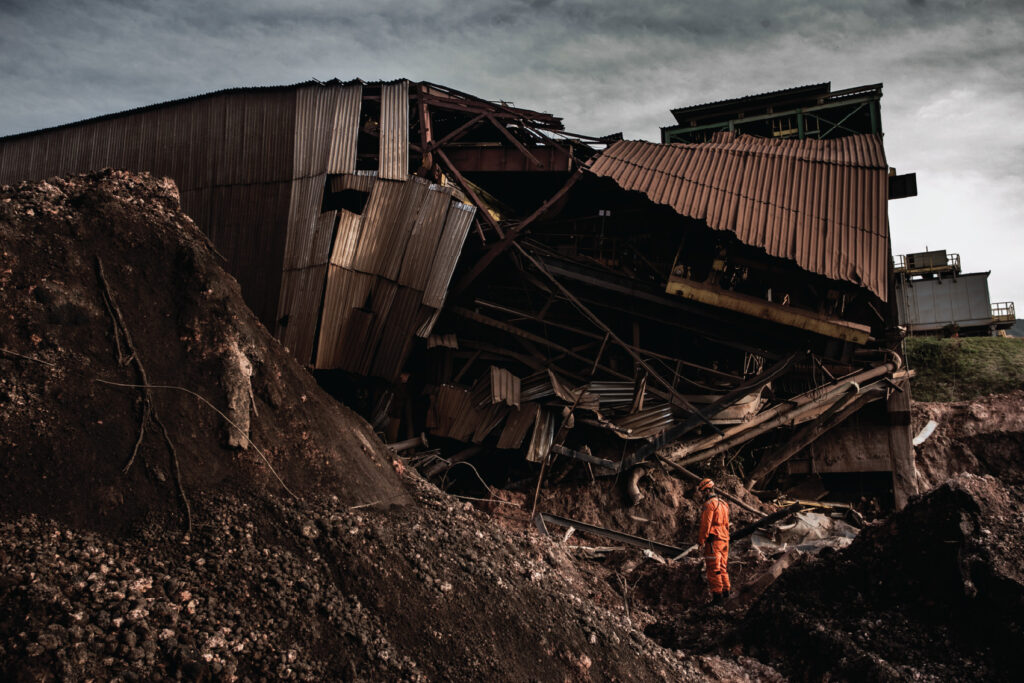
13. 2019/02/12 08:16:30, Córrego do Feijão – Brumadinho, Minas Gerais
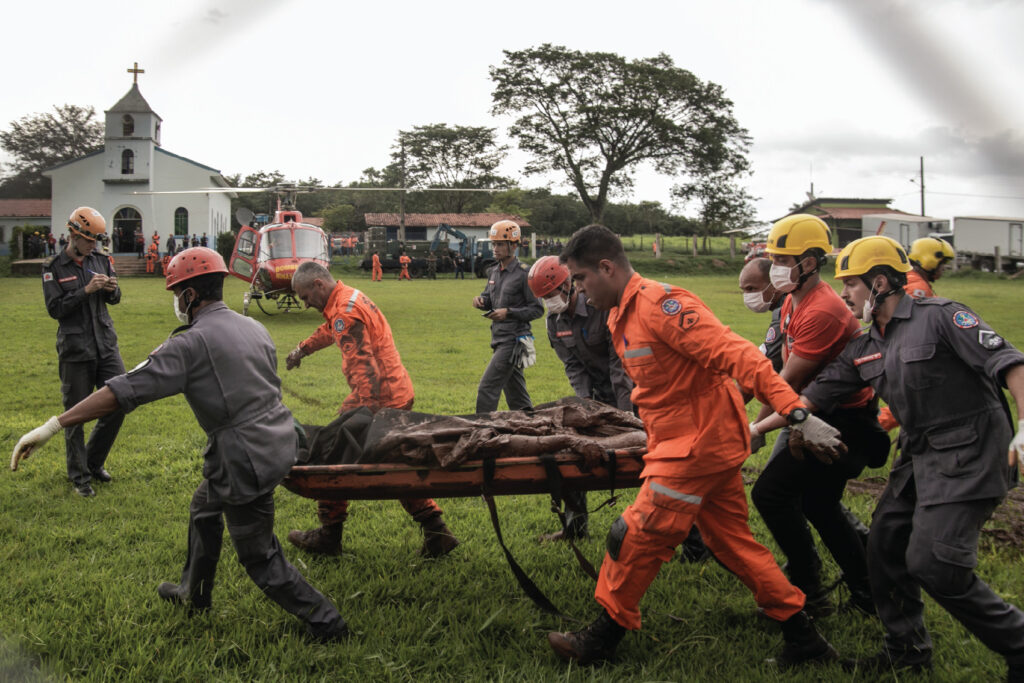
14. 2019/01/26 16:21:13, Córrego do Feijão, Brumadinho, Minas Gerais

15. 2020/09/02 19:25:29, Brumadinho, Minas Gerais

16. 2019/02/25 14:38:19, Parque da Cachoeira – Brumadinho, Minas Gerais

17. 2019/07/25 12:07:37, Rio Paraopeba – Brumadinho, Minas Gerais
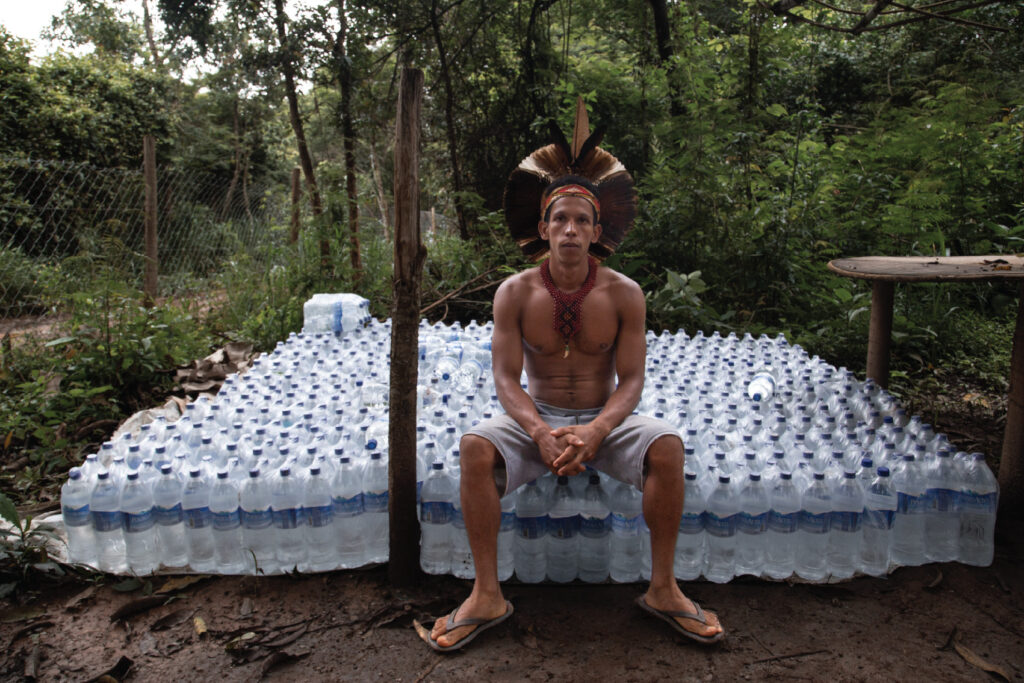
18. 2020/02/11 14:19:13, Aldeia Pataxó Naô Xohã – São Joaquim de Bicas, Minas Gerais
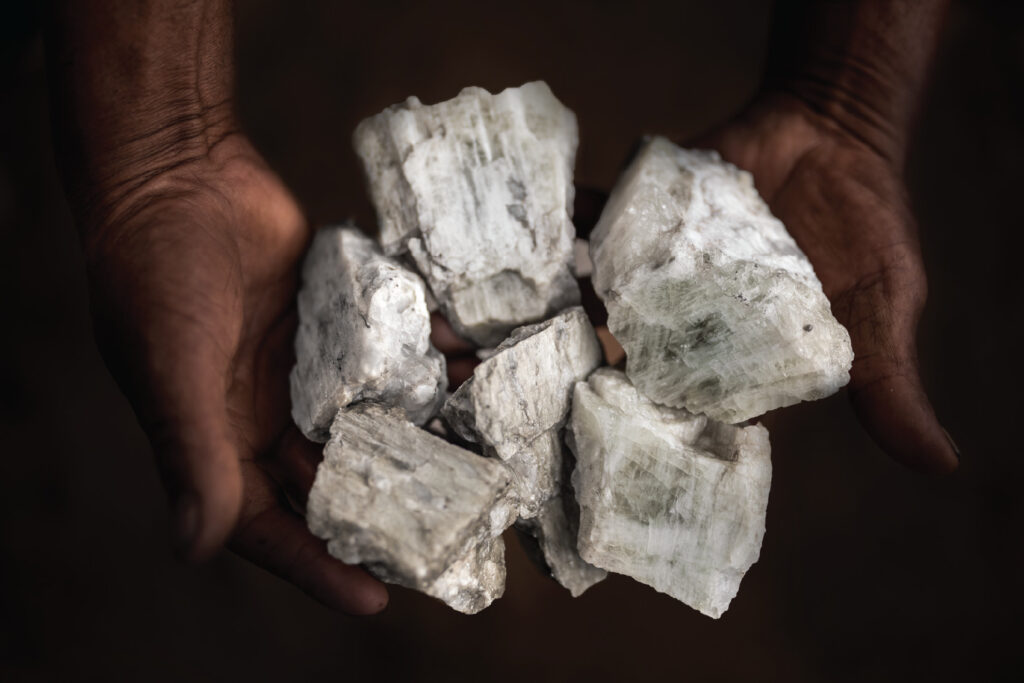
19. 2025/08/23 12:37:09, Araçuai – Vale do Jequitinhonha, Minas Gerais

20. 2025/04/12 17:06:48, Itinga – Vale do Jequitinhonha, Minas Gerais

21. 2025/02/10 13:24:17, Sigma Lithium Itinga – Vale do Jequitinhonha, Minas Gerais
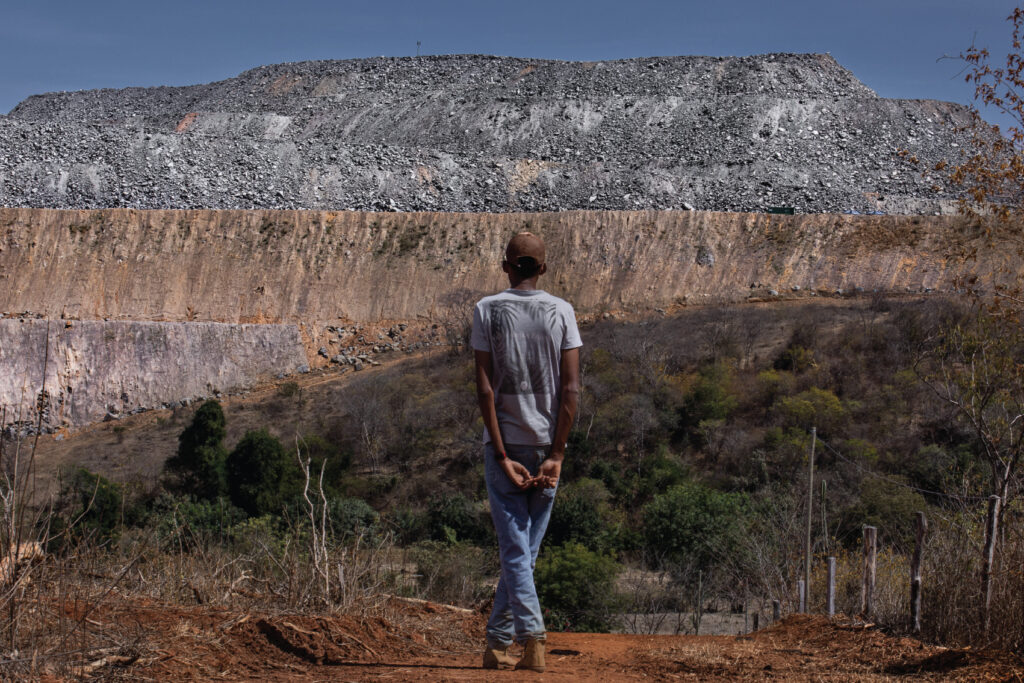
22. 2025/08/21 10:37:25, Piauí Poço Dantas Itinga – Vale do Jequitinhonha, Minas Gerais
Visit the exhibition
Venue: PRI in Person 2025, no Centro de Convenções do Anhembi, em São Paulo (SP)
Date: 4 a 6 de novembro
Data Sheet
Artist: Isis Medeiros
Curator: Carol Lopes
Design: Paulina Olguín
Camila and Luiz Taliberti Institute Team:
President: Helena Taliberti
Administrative Director: Vagner Diniz
Project Coordinator: Marina Kilikian
Communications Coordinator: Daniela Bernardi
Communications Agency: KIO
Facilitators: Bruna Mustafe Schneck Ferreira and Kalindi Devi Dasi Lopes


